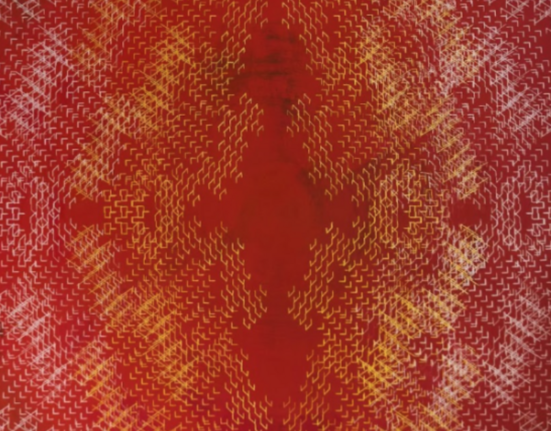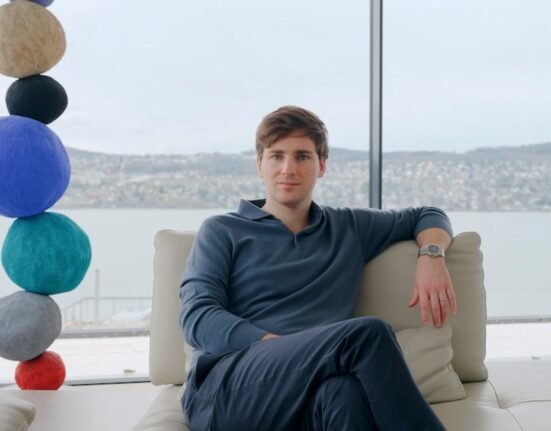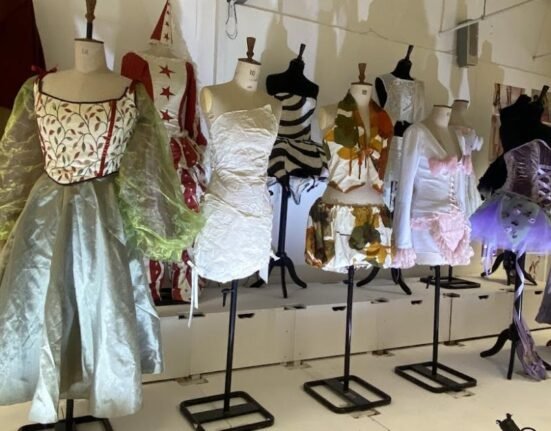How do you find the perfect piece of art?
Investing in anything for your home is always a process. On one hand, purchasing furniture—whether it’s a sofa or a nightstand—can feel straightforward. But buying art can be downright intimidating. So, how does the average person find art that speaks to them, supports artists worth supporting, and ensures it’s a good investment?
I spoke with two popular artists to learn their secrets to buying art and, more importantly, to feeling truly confident about it.
How Can You Find the Right Artist?
According to artist Tomer Peretz, “Three main factors that people often consider when purchasing art are the technical skills and aesthetic of an artist, the subject matter of the art itself, and the name of an artist and their brand. As an internationally recognized artist, I’ve found that it is my aesthetic and brand of storytelling that draws collectors to me and my art.”
Artist Tomer Peretz
While Peretz might not be a household name yet, he made headlines in fall 2024 for the 8 Campaign. “We worked with local artists to create simple but compelling images across Los Angeles. Art and imagery are accessible and present a feeling rather than the inundation of information, and therefore, it has opened doors for conversations that might otherwise be impossible.”
While his work is sold through galleries and museums (he currently has an exhibition at the Museum Of Tolerance in Los Angeles), he has garnered most of his following through his activism. “I have found new people interested in supporting my work after experiencing my public art installations. I’ve become more collaborative with artists as well as survivors of mass trauma. The story behind the art has brought in collectors who not only love beautiful things but also the meaning behind the work.”
Artist Elizabeth Sutton
New York-based artist Elizabeth Sutton agrees with Peretz’s approach. “I buy from artists whose stories and values I support. I don’t just buy the aesthetic of the artwork, I am buying into the person who created the work and what they stand for. The difference between art and design is the message behind the artist.”
She also explains quite simply, “Art stands for something.”
Find Art Where It’s Least Expected
Sometimes art can be found in the strangest places—on a desk chair, for example. While Sutton is a very talented painter, her work is more commonly found through other mediums. The artist has become a major player in the licensing game. One of her most lucrative collaborations are her art driven, award-winning tile collections for Tilebar, where she plays with natural textures, colors, and compositions, just as Sutton does with her art. Sutton also has a line of office chairs with the office furniture mega-manufacturer The Raynor Group, rugs, jewelry, and hair accessories with Bari Lynn. The artist also launching tableware in the final quarter of 2024.
Sutton’s work at a Pacaso home
In addition to these products, Sutton works with Pacaso, a fractional home ownership brand, to outfit some of their homes with her work.
So, while it’s easy to explore local galleries, they’re no longer the only places to connect with art.
How to Know It’s The “Right” Piece of Art
While many art buyers deliberate over whether something is the “right piece,” it can be hard for most people to trust their instincts. “The most important element of an artwork for me is definitely the emotional attachment—Is the messaging and the visual behind the artwork inspiring me and lifting me up every single day when I see it on the wall? I tell all my clients—buy what you love,” says Sutton. “It’s not about me. It’s about them. I never push artwork on my clients if they don’t 100 percent love it, because if they don’t love it, they won’t come back to me. Art is about energy. If you feel it, you know it’s right.”
However, she admits that sometimes it’s just about aesthetics. “Some art is merely decorative and that’s okay too. I have a combination of decorative art and emotional art in my home. It’s about curating an eclectic collection of works that are each unique yet still feel like they have some level of homogeneity.”
Size Matters
Sutton advises measuring multiple times to make sure the piece is the right size. “Ensuring that the size of the artwork is the right scale for the interior space is extremely important,” she explains. “When I see a tiny piece of art on a huge wall, it actually gives me anxiety. Your eye is drawn to width, so if you can’t maximize size and width due to budget, opt for maximizing width.”
Choosing The Right Investment
The investment aspect is another challenge of this purchase. Fine art can be incredibly expensive and many buyers consider it an asset. Peretz tells me, “Undoubtedly if you are buying from an artist with a well-known brand, your investment will go up in value. All you have to do is consider the market to determine the growth trajectory. However, there is also investment in the artists themselves. Finding an artist early in their career who has consistently improved and created better and better art is another way of making a worthwhile investment.”
Start With A Print
Those with limited budgets or who simply aren’t ready for a major purchase can always start with a print. “Prints, while more affordable, offer a way to appreciate an artist’s work without the same financial commitment,” says Peretz. “In the context of the 8 Campaign, which uses art to raise awareness for a significant issue, investing in fine art could mean supporting works that not only enrich your space but also contribute to important conversations and causes.”







